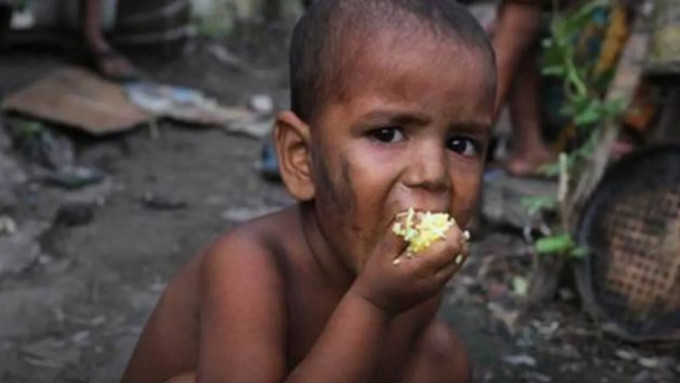Indian children living in the hills shorter for their age: Expert shares ways to combat the issue
Indian children living in the hills are much shorter than expected for their age. A new study published in BMJ Nutrition Prevention & Health raises concerns about the link between high-altitude living and stunted growth in Indian children.
The research, analysing data from the 2015-16 National Family Health Survey (NFHS-4), found a significant increase in the risk of stunting for children residing at 2,000 meters or above. Compared to children living 1,000 meters lower, those in these high-altitude regions were 40% more likely to experience stunted growth.

Despite ongoing efforts to combat malnutrition, stunting remains a major public health challenge in India, affecting over a third of children under five.
According to Dr (Prof) Raju Vaishya, senior consultant, orthopaedic, Indraprastha Apollo Hospitals, living in higher altitudes can affect a child’s growth prospects due to thinner air. Thinner air at high altitudes means less oxygen available. This makes it harder for the body to convert food into energy, hindering growth processes, he explained.
This can lead to several problems, Dr Vaishya said:
 The research suggested that chronic exposure to high altitudes may contribute to stunting through reduced appetite, limited oxygen delivery to tissues, and impaired nutrient absorption.
The research suggested that chronic exposure to high altitudes may contribute to stunting through reduced appetite, limited oxygen delivery to tissues, and impaired nutrient absorption.
• Increased Risk of Disease: Stunted children have weaker immune systems, making them more susceptible to infections and chronic diseases later in life.
• Reduced Cognitive Development: Studies suggest a link between stunting and impaired cognitive development, affecting learning and future opportunities.
• Lower Physical Capacity: Stunted children may have less muscle mass and endurance, limiting their physical capabilities and work potential as adults.
The research suggested that chronic exposure to high altitudes may contribute to stunting through reduced appetite, limited oxygen delivery to tissues, and impaired nutrient absorption. Furthermore, these regions often face harsher climates and lower crop yields, leading to food insecurity. Limited access to healthcare further exacerbates the problem.
This study highlighted the need for targeted interventions to address the unique challenges faced by children living in high-altitude regions of India.
Can we combat these problems?
According to Dr Vaishya, there are some ways to solve this problem:
• Dietary Interventions: Ensuring a nutritious diet rich in protein, calories, and essential vitamins and minerals is crucial. This might involve fortifying local foods or providing targeted food supplements.
• Improved Healthcare: Access to proper healthcare and early detection of stunting allows for timely interventions and treatment for underlying conditions.
• Parental Education: Educating parents about the importance of proper nutrition and hygiene practices can significantly improve child health outcomes.
By addressing these factors, children living in high altitudes can have a better chance of reaching their full growth potential.
Disclaimer: The copyright of this article belongs to the original author. Reposting this article is solely for the purpose of information dissemination and does not constitute any investment advice. If there is any infringement, please contact us immediately. We will make corrections or deletions as necessary. Thank you.
